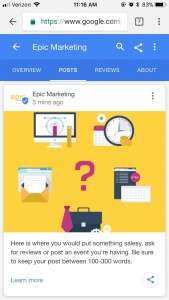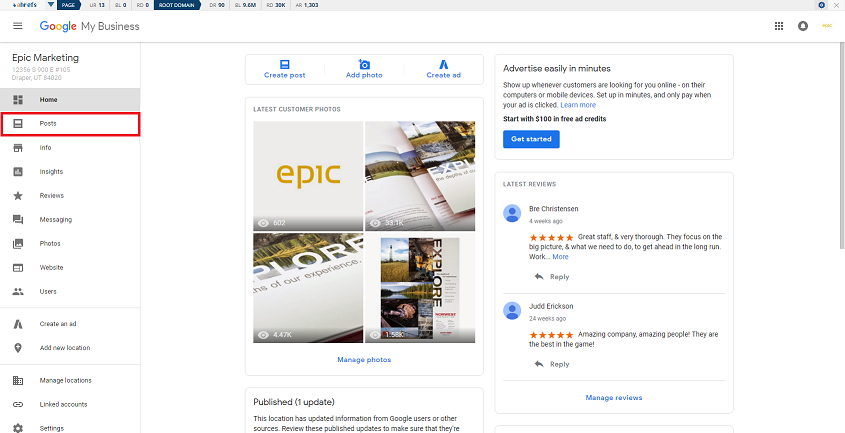I took a leap of faith sixteen years ago and founded Epic Marketing because I saw a desperate need for accountability and a results-driven focus in Utah’s competitive marketing scene.
Over the years, we’ve worked hard to build, grow, and nurture a talented team full of passionate people that care about helping business owners solve complex marketing problems. It’s been incredibly fulfilling to positively impact so many entrepreneurs and business owners over the years. And I feel a special sense of pride and gratitude for having the opportunity and the support from our local Utah community to build Epic into what it is today.
Epic has grown a lot since we started. And we’ve come to a point where our leadership team needs to expand if we’re going to continue to grow. That’s why I’m pleased and proud to announce today that Chris Baum has accepted the position as President of Epic Marketing.
As anyone who knows Chris can attest to without any overstatement, he is a very unique talent in this market. He personifies the professional values we have here at Epic, and just as important, he’s had a career full of rich experience—and I believe he has the ability to lead our company from where we are today, as a well-respected leader in the industry, to where we want to be in the future.
Chris was the Executive Vice President of Sales and Broadcasting for the Utah Jazz and also served in several executive-level positions within the Larry H. Miller Sports & Entertainment group. He oversaw marketing and advertising sales efforts for the Utah Jazz, Salt Lake Bees, The Tour of Utah, The Salt Lake City Stars, Jazz Gaming, Megaplex Theatres, and The Zone Sports Radio Network. Chris is also a native Utahn who loves to backpack, travel anywhere and everywhere with his wife, and get outside with his kids and grandkids.
He understands media, marketing, and the customer experience to an incredible degree. But above all that, I know Chris shares my same passion for building relationships and helping clients grow their businesses.
I am incredibly excited about what the future has in store for our partners as Epic begins this new chapter with Chris. I am “big on people”—I believe that we are on a journey in this life to do our best to lift the people around us through positive and healthy interactions. While this isn’t always the outcome—despite our individual efforts—here at Epic Marketing, we do our best to lift others by the work that we do and the relationships that we cherish with each one of our partners and clients.
Please join me in welcoming Chris Baum to our agency and ushering in a new era of continued hard work, collaboration, opportunity, and prosperity for our clients and the community we serve.
Thank you all.
-Nick White
CEO & Founder, Epic Marketing
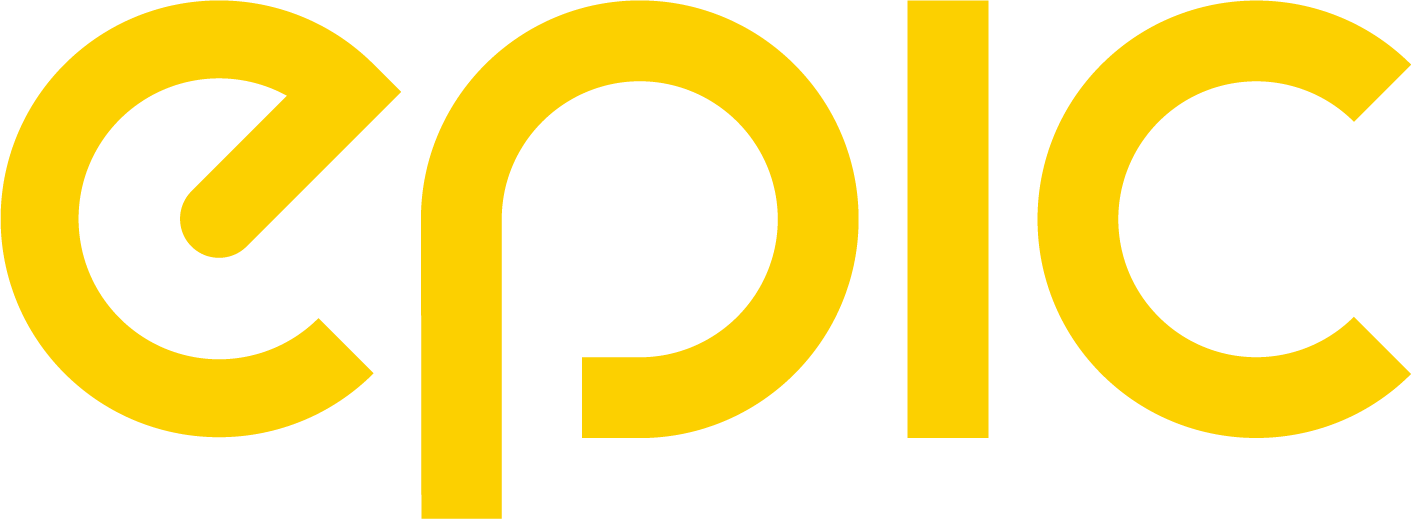

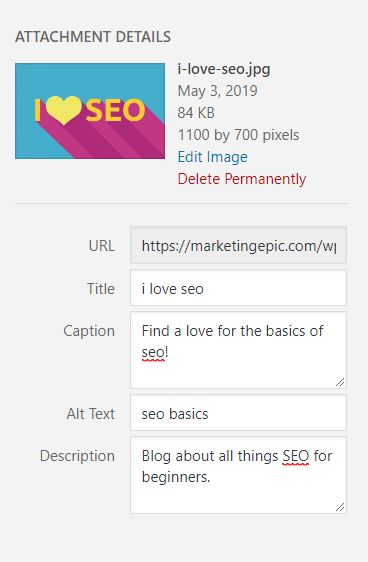
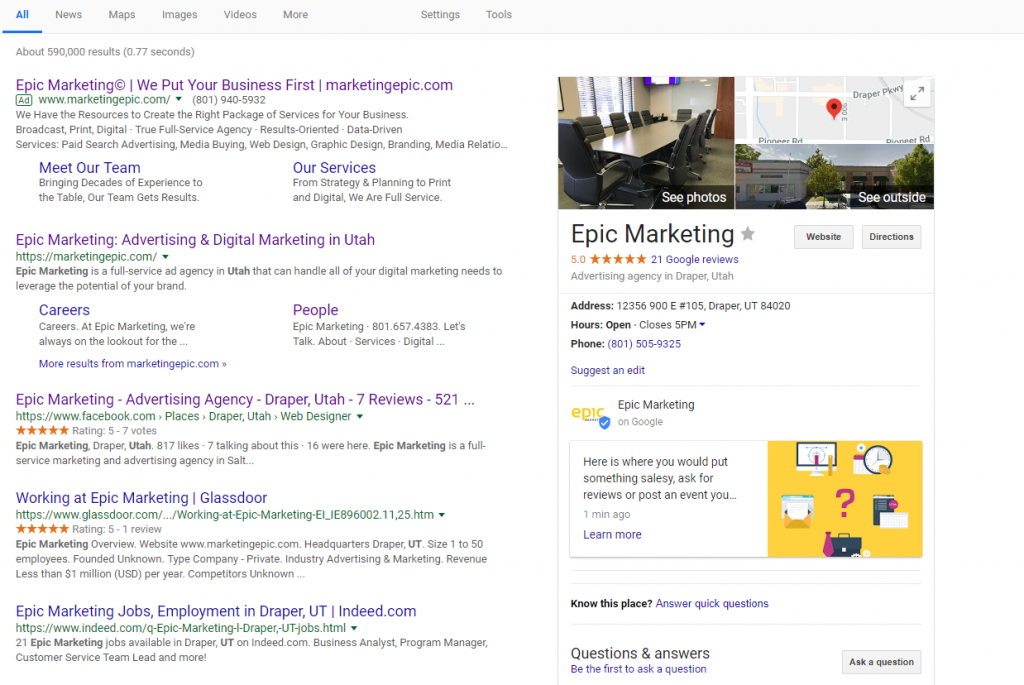
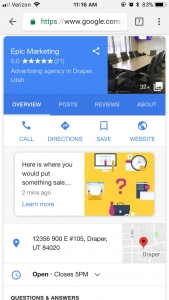 If you click on the post, you can see more info:
If you click on the post, you can see more info: